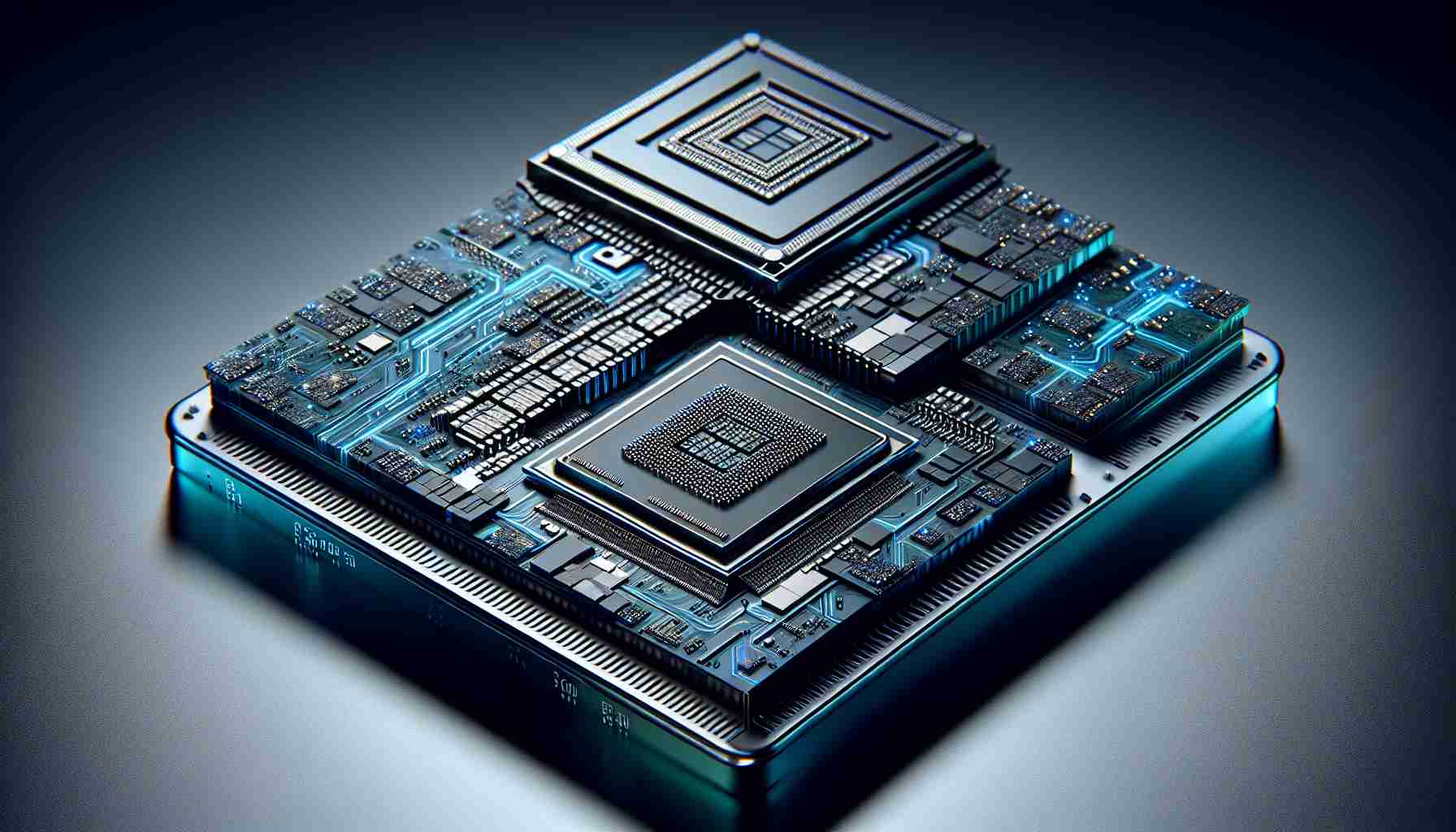Samsung’s next-generation Exynos 2500 chipset is anticipated to go head-to-head with the Snapdragon 8 Gen 4 for the title of top processor in the upcoming Galaxy S25 models. With the tech giant’s history of equipping their devices with distinct processor variants, this competition marks a significant benchmark in smartphone technology advancement.
In past models, Samsung has provided two processor options: the Snapdragon 8 Gen 3 and their own Exynos 2400. Evaluations demonstrated that while Snapdragon boasted superior performance, Exynos models held an upper hand in terms of battery life. Despite the persisting precedence, Samsung assures that the Exynos 2500 will match the Snapdragon 8 Gen 4’s proficiency, according to insights shared by a Twitter informer endorsed by Samsung.
The contrast between manufacturing processes further accentuates the rivalry. Renowned for its expertise in silicon production, TSMC crafts Snapdragon processors, giving Qualcomm’s offerings a consistent performance superiority. Nonetheless, Samsung maintains production of Exynos chips in-house, with a track record of delivering commendable battery life.
As Qualcomm readies to introduce its new Oryon CPU core with the Snapdragon 8 Gen 4, and with Arm set to unveil its potent Cortex-X5, the Exynos 2500 is speculated to integrate this advanced technology. This sets the stage for a tight performance race upon the release of the Galaxy S25 series.
Samsung’s assurances aside, the actual results of this upcoming technological clash remain to be seen. Enthusiasts and professionals alike are eagerly awaiting the real-world implications for performance and battery life in the latest generation of Samsung’s signature handsets.
Most Important Questions
1. What are the key differentiators between Samsung Exynos 2500 and Snapdragon 8 Gen 4?
2. How do the design and manufacturing processes of these chipsets impact their performance and efficiency?
3. Can the Exynos 2500 overcome the historical performance gap with the Snapdragon series?
4. What does the introduction of new CPU cores like Qualcomm’s Oryon and Arm’s Cortex-X5 mean for the future of smartphone processing?
5. How will the performance and battery life of these processors affect consumer choice in high-end smartphones?
Answers
1. Key differentiators are likely to include CPU and GPU architecture, energy efficiency, AI capabilities, and modem technology. Both chips will be fabricated using advanced manufacturing processes, but their performance will be influenced by design choices and optimizations for different tasks.
2. TSMC’s manufacturing expertise has provided Qualcomm’s Snapdragon chips with a consistent edge in performance. Samsung’s in-house production might be seen as advantageous for integration and efficiency, potentially benefiting battery life.
3. With Samsung’s efforts to match Snapdragon’s performance, the Exynos 2500 may narrow or close the gap. Advanced technology integration and Samsung’s continuous development will be critical for Exynos 2500’s success.
4. New CPU cores suggest significant leaps in processing power and energy efficiency, enhancing multi-tasking, gaming, and AI applications, which is vital as smartphones play increasingly central roles in computing.
5. Performance and battery life are pivotal factors for consumers; improvements in these areas can influence brand loyalty and sway buyers towards or away from specific devices.
Key Challenges and Controversies
– Performance Parity: A primary challenge for Samsung is to ensure that the Exynos 2500 offers performance on par with or superior to the Snapdragon 8 Gen 4. Historically, Exynos processors have lagged behind in benchmarks and real-world usage scenarios.
– Market Perception: There’s a longstanding perception among users that Snapdragon processors are better than Exynos in performance. Changing this perception is as much a challenge as improving the technology.
– Thermal Management: High-performance processors can generate significant heat. Efficient thermal management to prevent throttling is essential for maintaining performance over extended periods.
Advantages and Disadvantages
Exynos 2500 Advantages:
– Optimized for Samsung Devices: Being a Samsung product, the Exynos 2500 could be better tailored to the specific needs of Galaxy devices.
– Potential Cost Savings: In-house production might offer cost benefits that could be passed on to consumers.
Exynos 2500 Disadvantages:
– Limited Adoption: Exynos processors are typically used in select markets, potentially limiting software optimization by developers outside these regions.
Snapdragon 8 Gen 4 Advantages:
– Proven Performance: Qualcomm’s consistent track record for high-performance CPUs.
– Widespread Support: The broad adoption of Snapdragon chips ensures a wide developer base and support ecosystem.
Snapdragon 8 Gen 4 Disadvantages:
– Potential Cost: Snapdragon chips can be expensive, possibly affecting the overall device price.
For more information on Samsung and Qualcomm, visit their official websites:
– Samsung: Samsung
– Qualcomm: Qualcomm
Please note that the performance of the Exynos 2500 and Snapdragon 8 Gen 4 can only be accurately assessed once they are released and integral in devices that are tested in real-world conditions.
